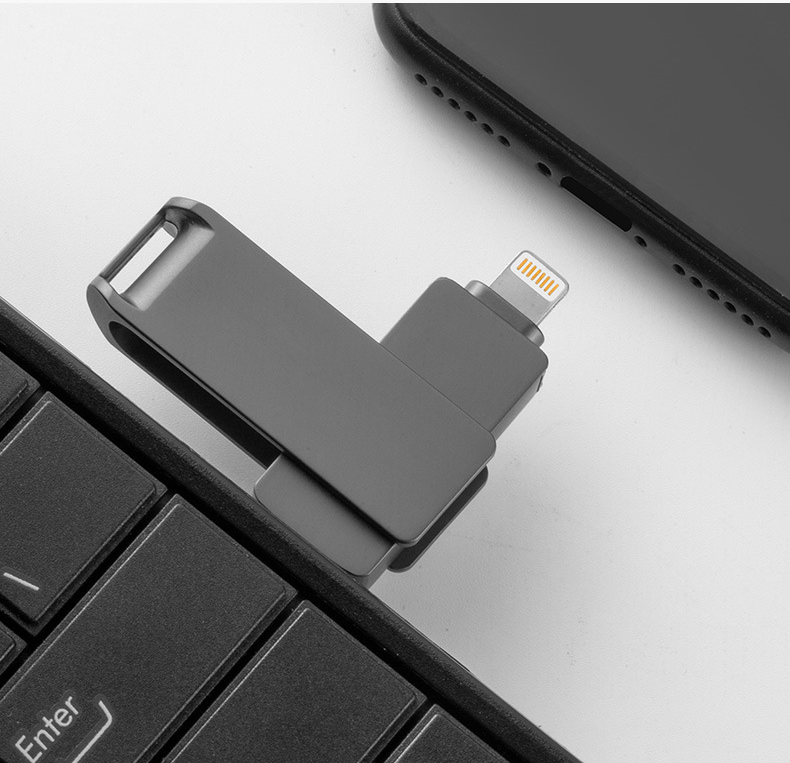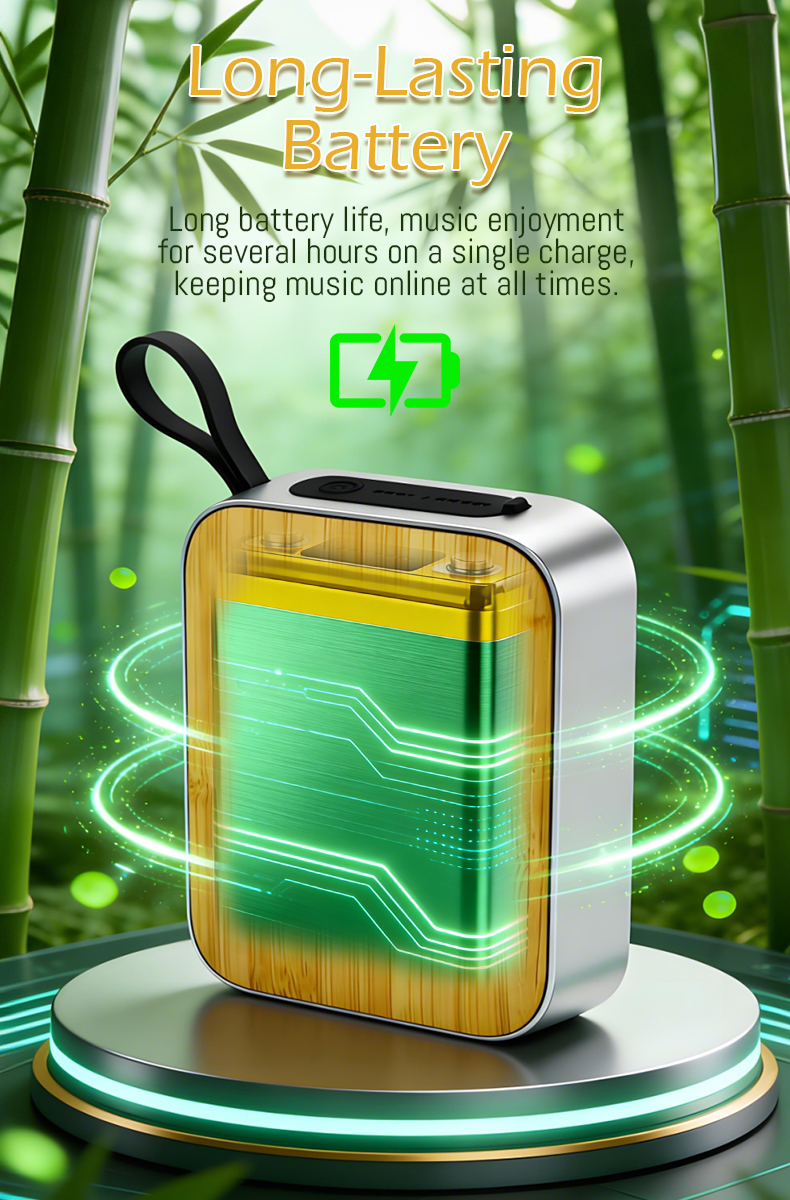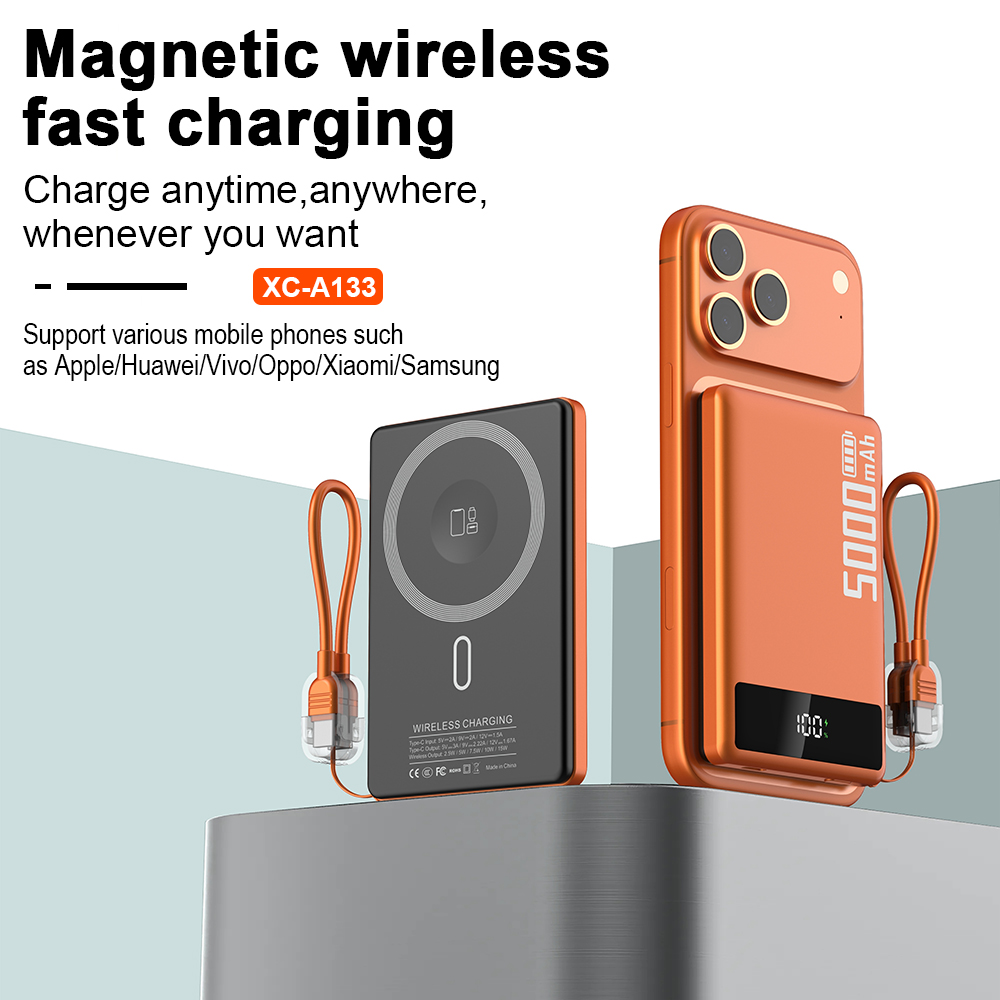Are USB flash drives waterproof or shockproof?

Exploring the Durability of USB Flash Drives
USB flash drives, commonly used for storing and transferring data, are indispensable in our digital age. However, a common concern among users is whether these devices are resistant to water and shock. In this comprehensive guide, we delve into the resilience of USB flash drives and explore their capacity to withstand water exposure and physical impact.
Understanding Water Resistance
One of the primary concerns for USB flash drive users is whether these devices are waterproof. While some manufacturers claim water resistance for their products, it's essential to understand the limitations. Most USB flash drives are not entirely waterproof and can sustain damage if submerged in water for extended periods or if subjected to high water pressure. However, many are designed to withstand minor exposure to water, such as accidental spills or brief immersion.
Assessing Shockproof Capabilities
Another aspect of durability is shock resistance. USB flash drives are susceptible to physical damage from drops, impacts, or rough handling. Manufacturers employ various techniques to enhance shock resistance, such as using durable materials, incorporating shock-absorbing features, or implementing robust casing designs. While these measures can mitigate damage to some extent, users should still handle their USB flash drives with care to minimize the risk of impact-related issues.

Factors Influencing Durability
Several factors influence the overall durability of USB flash drives. These include the quality of materials used in construction, the design of the casing, and the manufacturing standards followed by the company. Additionally, factors such as temperature extremes, humidity, and exposure to chemicals can impact the longevity and performance of USB flash drives. Users should consider these factors when selecting a flash drive for their specific needs.
Best Practices for Protecting USB Flash Drives
While USB flash drives may not be entirely waterproof or shockproof, there are steps users can take to protect their devices. Investing in a protective case or cover can shield the flash drive from water, dust, and physical damage. Additionally, avoiding extreme environmental conditions and handling the device with care can prolong its lifespan. Regularly backing up important data to multiple devices or cloud storage solutions is also advisable to mitigate the risk of data loss due to device damage.
Conclusion
While USB flash drives offer convenient storage solutions, they may not be entirely immune to water or shock damage. Understanding their limitations and implementing protective measures can help users safeguard their data and prolong the lifespan of their devices. By choosing high-quality flash drives and following best practices for handling and storage, users can enjoy reliable performance and peace of mind.




